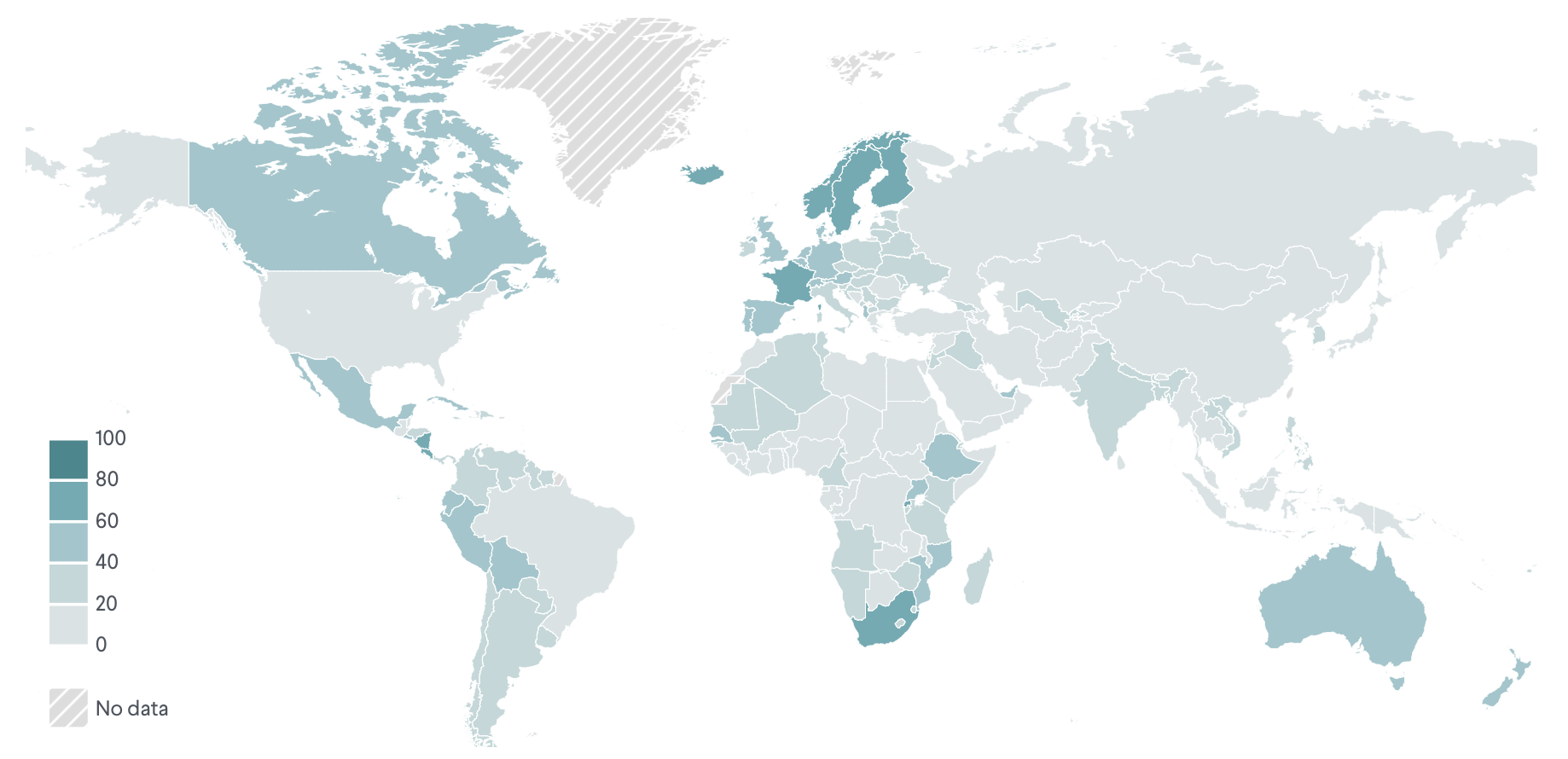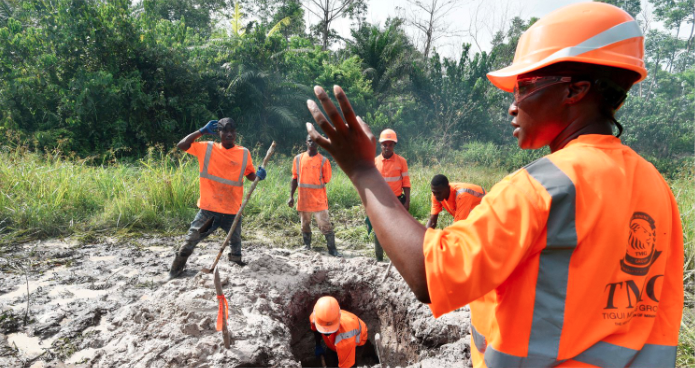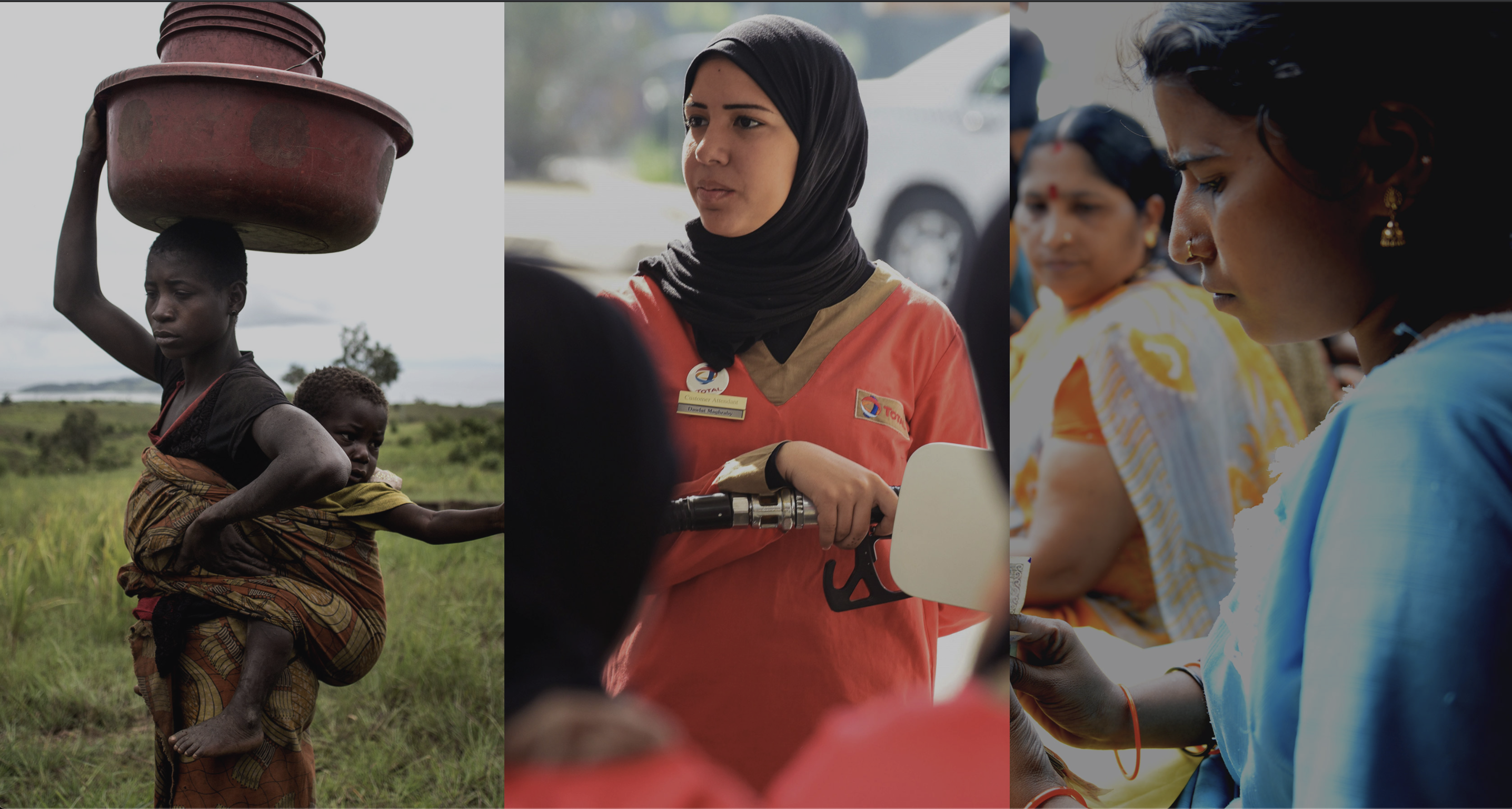Women participated in only fifteen of sixty-seven rounds of talks (including formal and informal negotiations, exploratory meetings, and internationally backed consultations) between 2005 and 2020 (22 percent). In the September 2020 intra-Afghan talks, four women served on the twenty-one-member negotiation team for the Afghan government; no women served on the Taliban’s twenty-one-member team (10 percent women in total), compared to the July 2019 intra-Afghan peace talks, when eleven out of seventy-one delegates were women (15 percent).
Female civil society leaders in the Afghan High Peace Council have mobilized public support for the peace process and worked across divides to bring attention to social and humanitarian concerns. Women have used their few roles on provincial peace councils to broker local deals supporting the reintegration of former combatants, facilitate hostage releases, and counter extremist narratives. Throughout the peace process, civil society leaders have pressured the former Afghan government, the Taliban, and all other parties involved to protect Afghan women’s rights and opportunities in any agreements on Afghanistan’s future.
women
women






